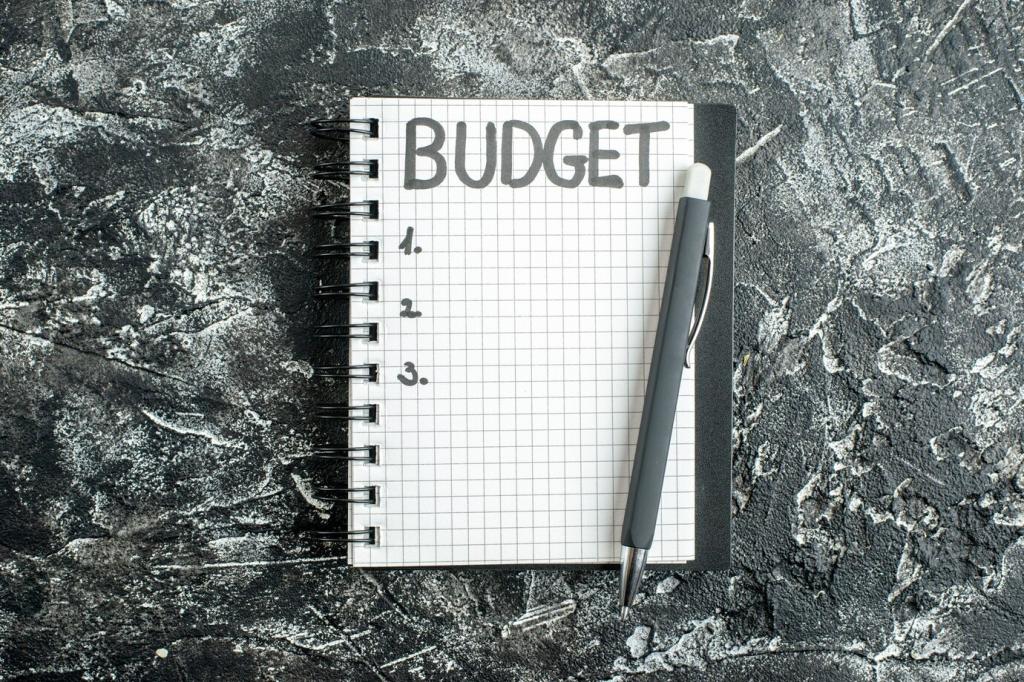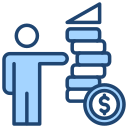Beginner's Guide to Managing Debt: Start Confident, Stay Calm
Chosen theme: Beginner’s Guide to Managing Debt. Here’s a warm, practical roadmap to understand what you owe, build a plan that fits real life, and reclaim your peace—without shame or overwhelm. Subscribe and join our supportive community.

Map Your Debts Without Panic
Write down every debt: creditor name, balance, APR, minimum payment, due date, whether it’s fixed or variable, and any fees. One page beats scattered statements and late-night guessing, and it gives you a calm, accountable starting point.
APR is the real cost of borrowing. Watch for penalty APRs, annual fees, balance transfer fees, and deferred interest offers that can backfire. Understanding how interest compounds helps you target the most expensive debt first.
Secured debts are tied to collateral like a car or home, while unsecured debts aren’t. Protect essentials by prioritizing secured debts, yet remember high-interest unsecured balances can explode. A balanced, intentional approach preserves stability and reduces long-term cost.
Build a Budget That Actually Sticks
For one month, track every dollar with an app or a simple notebook. You’ll spot invisible leaks like forgotten subscriptions or impulse lunches. Real numbers replace guesswork and reveal exactly where debt-paydown money can come from.
Build a Budget That Actually Sticks
Zero-based budgets assign every dollar a job; 50/30/20 simplifies categories; envelope systems curb overspending. Pick the least stressful method. The best budget is the one you can follow on a hectic Monday night.
Build a Budget That Actually Sticks
Build a small fun allowance and plan for birthdays, oil changes, and haircuts. Realistic cushions prevent blowouts and guilt spirals. When your budget honors life’s rhythms, you’ll stick with it long enough to finish the debt journey.
Debt Snowball: Quick Wins
Pay the smallest balance first, while making minimums on the rest. Early wins create momentum and confidence. Mia paid off three store cards in four months and finally believed, “I can do this,” which made finishing the big card possible.
Debt Avalanche: Math-First Savings
Pay the highest APR first to minimize interest. This strategy usually saves the most money long-term. If you have one card charging steep rates, avalanche attacks the costly interest head-on and accelerates total payoff time.
Hybrid Approach and Switch Points
Start with snowball to feel progress, then switch to avalanche once motivation is secure. Recheck rates quarterly—variable APRs can jump. If your smallest debt is also high-interest, you’ll get a win and savings in one move.
Credit Scores and Reports, Demystified
Payment history matters a lot, and credit utilization (balance divided by limit) is crucial—aim under 30%, ideally under 10%. Length of history, new credit, and mix also count. On-time payments over many months steadily rebuild trust.


Work With Creditors and Get Support
Ask about hardship programs, temporary rate reductions, or moving due dates. If you have a solid payment history, request a late-fee waiver. Calm, clear conversations—paired with notes and names—often yield surprisingly human, helpful solutions.
Work With Creditors and Get Support
Nonprofit credit counseling can create a debt management plan with potentially lower rates and one monthly payment. Debt settlement is riskier, can hurt your credit, and may trigger taxes on forgiven amounts. Understand trade-offs before committing.
Protect Your Progress
Set aside $500–$1,000 fast in a separate savings account. Pause extra debt payments until this is in place. That cushion turns car repairs and copays into inconveniences—not credit card setbacks that undo months of progress.


Protect Your Progress
Use autopay for minimums, then schedule your extra debt payment right after payday. Track balances with a progress bar or debt thermometer. Visual wins reinforce discipline when motivation dips, keeping you moving through ordinary weeks.
Pick Tools You Love
Try budgeting apps, spreadsheets, or pen-and-paper. Set calendar reminders for due dates and review days. Label sinking funds for upcoming expenses, so they stop becoming debt. The right tool is the one you’ll actually open.
Earn a Little More, Temporarily
Short-term gigs, freelance projects, or selling unused items can jump-start your plan. Set boundaries so extra work doesn’t burn you out. Even a modest monthly boost, consistently applied, shaves months off your payoff timeline.
Ask, Share, Subscribe
Tell us your payoff goal in the comments and what’s hardest right now. Subscribe for checklists, templates, and monthly Q&A sessions. Your story might be the encouragement someone else needs to take their first brave step.
